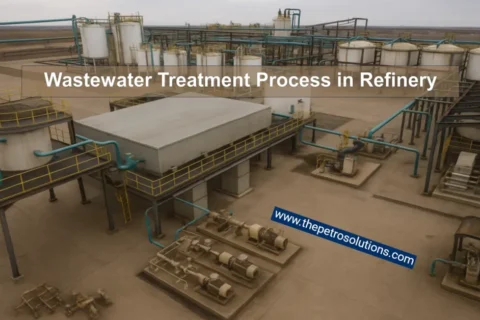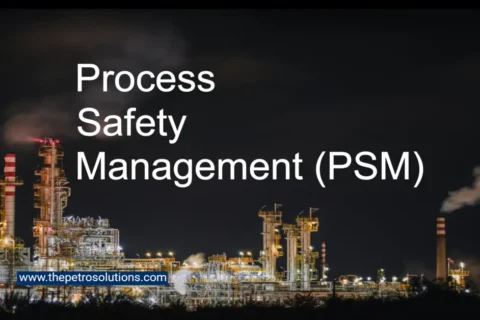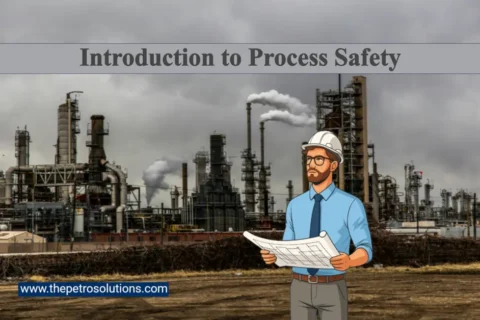BPCS vs SIS: Understanding the Key Differences
When it comes to process control and safety in industrial environments, two critical systems come into play: the Basic Process Control System (BPCS) and the Safety Instrumented System (SIS). While both systems share similar hardware components—such as sensors, controllers, and final control elements—their functions, design philosophies, and operational dynamics are vastly different.
What is a BPCS?
A Basic Process Control System (BPCS) is responsible for maintaining process variables within prescribed limits. Its primary function is to regulate normal operations, ensuring efficiency and stability within an industrial process. A BPCS continuously adjusts control variables like temperature, pressure, and flow to maintain the desired setpoints.
What is an SIS?
A Safety Instrumented System (SIS), on the other hand, is designed to monitor process variables and take action only when a hazardous condition is detected. Its primary function is to bring the process to a safe state when predefined risk thresholds are exceeded. Unlike a BPCS, an SIS is designed for safety and risk mitigation, not operational efficiency.
Key Differences Between BPCS and SIS
1. Purpose & Functionality
- BPCS: Controls process variables dynamically and ensures optimal performance.
- SIS: Monitors for unsafe conditions and initiates emergency actions when necessary.
2. Reliability & Redundancy
- BPCS: Designed for continuous operation, optimized for process efficiency.
- SIS: Built with high reliability, redundancy, and fail-safe mechanisms to ensure safety.
3. Response to Process Conditions
- BPCS: Continuously adjusts process conditions in response to minor disturbances.
- SIS: Remains inactive under normal conditions and only activates in response to a hazardous situation.
4. Hardware & Architecture
- BPCS: Uses general-purpose PLCs or DCS (Distributed Control Systems) for automation.
- SIS: Uses SIL-rated (Safety Integrity Level) controllers and components compliant with IEC 61508 / IEC 61511 safety standards.
5. Independence & Separation
- BPCS: Integrated into the normal operation of the process.
- SIS: Must be independent from BPCS to prevent common failures affecting both systems.
6. Failure Handling & Diagnostics
- BPCS: Typically fails in a way that still allows process operations to continue.
- SIS: Designed to fail in a safe mode, ensuring shutdown or isolation when a fault occurs.
7. Compliance with Risk Reduction Standards
Unlike BPCS, SIS design is governed by strict safety standards such as ANSI/ISA-84.00.01-2004 (IEC 61511 Mod). These standards ensure that SIS is designed and implemented to meet specific risk reduction requirements associated with various industrial hazards.
Operational Dynamics: Static vs. Dynamic Behavior
A crucial difference between BPCS and SIS lies in their operational behavior:
- BPCS operates dynamically, with control signals fluctuating continuously. This means that failures in the BPCS are often detectable by plant personnel through alarms, deviation signals, or out-of-range alerts.
- SIS remains largely static because it is designed to activate only when necessary. This means that failures in an SIS can go unnoticed for long periods, making periodic testing and maintenance essential to ensure reliability.
According to the AIChE CCPS Process Equipment Reliability Database (PERD), failure modes for BPCS and SIS differ significantly. Because SIS failures can remain undetected until a critical event occurs, rigorous testing and diagnostics must be implemented to ensure system integrity.
Why Not Use BPCS for Safety Functions?
Some industries have attempted to use BPCS for safety functions due to cost or convenience. However, this approach is highly risky and non-compliant with safety standards. A BPCS is not designed to handle safety-critical operations with the same level of reliability as an SIS. Merging these systems increases the risk of common failures, which can lead to catastrophic consequences.





